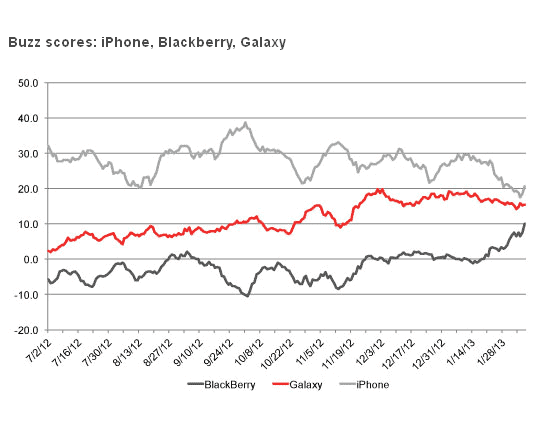On Tuesday, the New York Times reported that Ericsson filed suit against Samsung, alleging that Samsung infringes patents “involving GSM, GPRS, 3G and LTE mobile phone standards.” Also, Reuters reported today that RIM lost a dispute over the use of Nokia patents, in a case which could halt the sale of RIM products if a licensing agreement between the two companies is not reached
Envision IP analyzed the patent portfolios of former telecom titans Ericsson, Nokia, RIM, and Alcatel-Lucent to understand how the patents of these companies stack up against each other, in terms of volume, innovation, and strength.
Amongst these companies, Alcatel-Lucent and Nokia have the largest US patent portfolios, with about 16,000 patents each. Ericsson owns almost 11,000 US patents, while RIM owns a fraction of its competitors US patent holdings with roughly 3,500 patents.
Within these patent portfolios, about 25% of Alcatel-Lucent and Nokia’s patents have claims focused on various wireless technologies. Both Ericsson and RIM’s patent portfolios are more heavily focused on wireless technologies, with approximately 50% of their patents having claims focused on the same.
Furthermore, while Ericsson claims to own 25% of standards-essential LTE patents, Alcatel-Lucent owns more than double the number of LTE-related US patents than Ericsson. Nokia also has a significant number of LTE-related US patents with 1280, not too far behind Ericsson’s 1664 US patents. RIM, with only 269 LTE-related US patents has by far the least of the group.
In addition to the sheer volume of US patents, we also analyzed the forward and reverse citations to understand how fundamental and strong (from a litigation perspective) these patent portfolios are. Ericsson and RIM’s US patents have the highest number of average reverse citations per patent, with 48 and 58, respectively. While certainly not conclusive, this data suggests that Ericsson and RIM’s US patents stand a higher chance of surviving an invalidity challenge, and thus, are stronger on average than Alcatel-Lucent and Nokia’s US patents.
ALU, Nokia, RIM, and Ericsson US Patent Citations
Ericsson’s US patent portfolio also has the highest number of average forward citations, with 45 citations per patent. Alcatel-Lucent has the next highest number of forward citations with an average of 21 per patent.
In summary, while Ericsson does not have as many US patents as Alcatel-Lucent and Nokia, it appears to have very fundamental patents that may also be stronger than its competitors patents. This data supports Ericsson’s assertion that is owns 25% of all standards essential LTE patents, as its US patent portfolio as a whole appears to be more fundamental that its peers.
Furthermore, Ericsson’s latest patent infringement suit against Samsung may indicate a future trend amongst these former telecom giants, each with patent portfolios having unique advantages (RIM – strength, Ericsson – innovation; ALU & Nokia – volume), as they look towards their patents to drive new revenue from existing technologies.
________________________
About the Authors:
Maulin V. Shah, JD | Managing Director, Founder, Envision IP
Maulin is a California-licensed patent attorney, and formerly practiced law at Snell & Wilmer LLP in Orange County, CA. In private practice, he counseled many Fortune 500 clients on patent procurement and enforcement matters. Maulin has also advised numerous hedge funds with regards to patent portfolio acquisition and monetization strategies. Maulin was named a 2010 Southern California Rising Star by SuperLawyers Magazine. In addition, Maulin has lectured at the NYU Stern School of Business on topics ranging from patent enforcement to IP licensing.
Maulin received dual BSc degrees in Electrical and Biomedical Engineering from Duke University, and a JD from the University of Florida College of Law, where he graduated Cum Laude and served as an Editor of the Technology Law and Policy Journal.
S. Farhan Mustafa | Director of Competitive Intelligence, Envision IP
Farhan is an avid follower of new technology trends, and he is particularly interested in the intersection of intellectual property and finance. Prior to Envision IP, Farhan was an economic and market research analyst at the leading global law firm Morrison Foerster LLP, where he analyzed potential mergers and acquisitions to determine their market impact and antitrust implications. Farhan has also worked at Heller Ehrman LLP as a risk analyst.
Farhan received dual BA degrees in Economics and Political Science from Duke University, where he was awarded the prestigious Benjamin N. Duke scholarship.
You can view more articles by Envision IP here.
Comment
One thought on “How do RIM’s patents stack up against Nokia’s?”
Leave a Reply
You must be logged in to post a comment.






 Share
Share Tweet
Tweet Share
Share




Nice article. Thank you